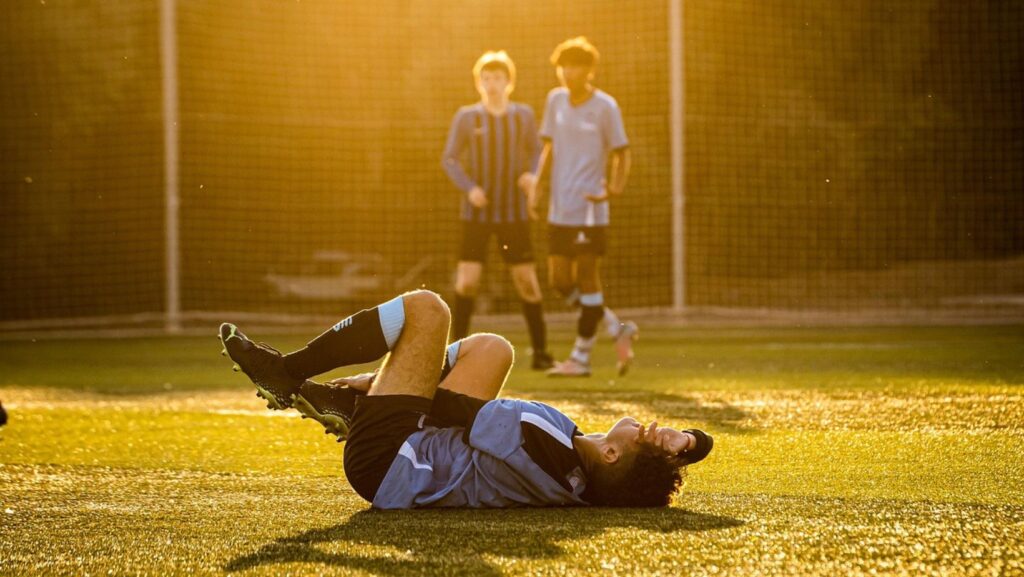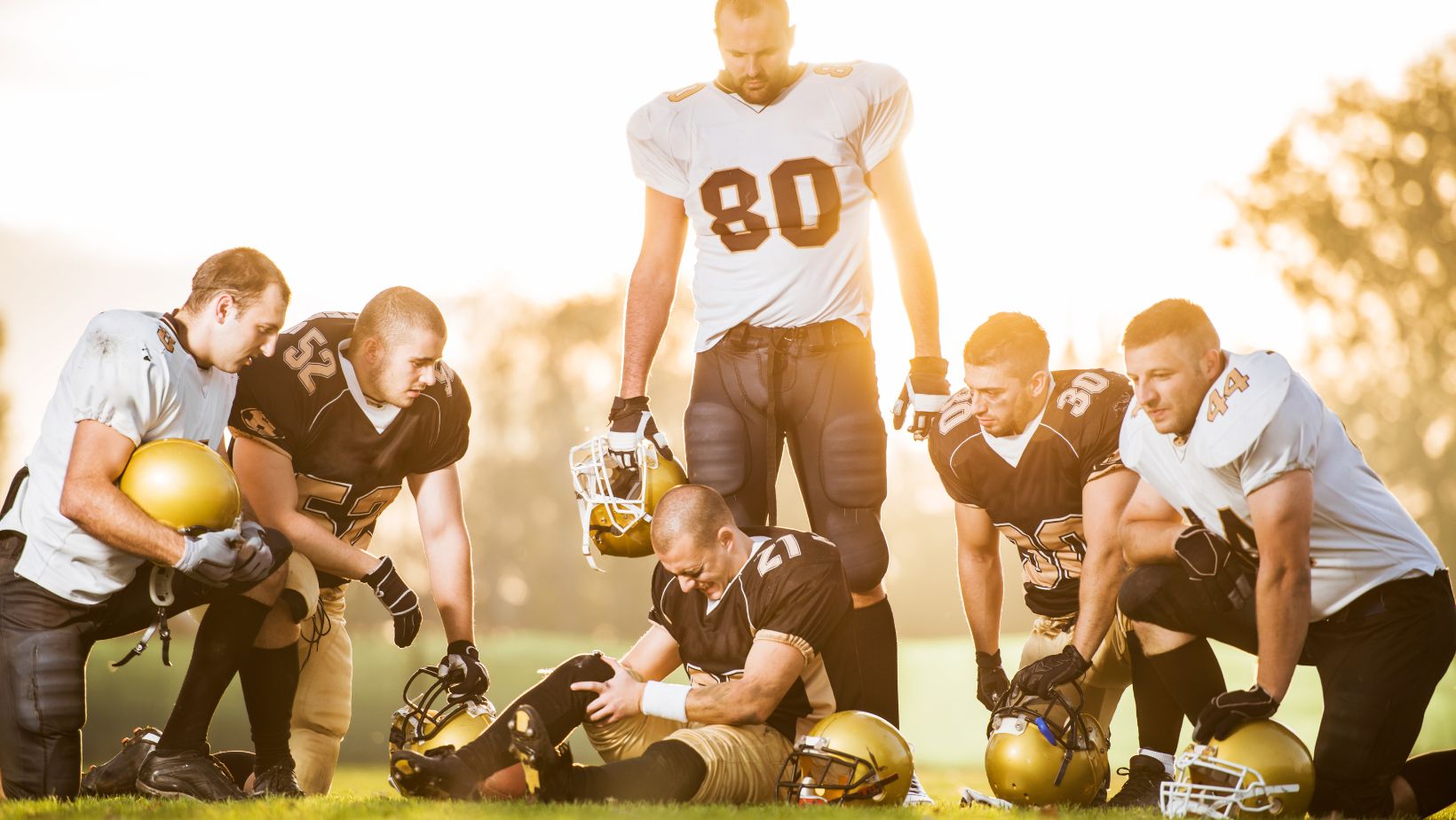Athletes in contact sports run major bodily risks. Intense physical encounters like football, rugby, hockey, and martial arts can cause a range of injuries. For athletes, coaches, and sports fans, knowledge of these possible health issues is absolutely vital.
Early detection, good prevention, and suitable treatment help athletes’ ongoing involvement in their preferred activities to minimize long-term damage. The most often occurring injuries, their causes, preventive measures, and rehabilitation techniques are investigated in this paper.
Types of Impact-Related Injuries
Users who watch sports games utilizing 1xbet login mobile know that knowledge of injuries is just as vital as knowledge of game tactics. Direct physical contacts during sports events cause impact-related injuries. The most often occurring mild injuries are bruises and contusions, which result from unexpected force damaging soft tissue. When muscles are stretched outside their usual range, tiny rips result, and muscular strains follow. Ligament sprains are tears or stretching of connective tissues joining bones.
Athletes in contact sports sometimes get these injuries in places including ankles, knees, and shoulders. Professional athletes prepare extensively to reduce their chances of injury. Protective gear lowers impact damage by means of padding, helmets, and specially designed clothes. Additionally, appropriate fitness and strength training are very important in preventing these kinds of injuries.
Head and Neck Trauma Risks
In contact sports, concussions rank as the most severe head injury. These traumatic brain injuries result from abrupt motions forcing the brain within the skull to shift. Among the symptoms are headaches, vertigo, confusion, and sometimes memory loss. Long-term neurological disorders like chronic traumatic encephalopathy may follow repeated concussions. Often accompanying brain traumas, neck injuries may cause more severe problems.
High prevalence of cervical spine injuries in contact sports includes American football and rugby. Certain neck injuries might cause either temporary or permanent limited mobility. Professional sports leagues have created rigorous concussion policies. Among these are phased return-to-play policies, thorough medical evaluations, and instantaneous play termination. Specialized medical teams track athletes through their rehabilitation.
Joint and Ligament Damage
In contact sports, joints are weak points; knees and shoulders are most often injured. In high-impact sports, especially anterior cruciate ligament (ACL), ruptures are somewhat prevalent.
These injuries may call for long-term rehabilitation and surgical correction. In sports including throwing or direct physical contact, shoulder dislocations and rotator cuff injuries are common. If not adequately addressed, injury to cartilage might cause long-term mobility problems.
Advanced surgical procedures and sophisticated rehabilitation regimens are common needs of professional sportsmen. Complicated joint injuries are diagnosed in medical imaging, including MRI and ultrasonic waves. Among the preventive measures are appropriate technique training, flexibility exercises, and particular strength-building programs. To give extra joint support during events, some athletes use cutting-edge bracing technologies.
Muscle and Soft Tissue Injuries
In contact sports, soft tissue injuries and muscular rips provide major obstacles. When fibers are stretched too far, muscle strains result from partial or total tears. Professional athletes range in their degree of muscle damage from moderate pulls to total ruptures. Among soft tissue injuries are those to ligaments, tendons, and muscles.
Damage degree and location affect recovery times. In sports demanding quick acceleration or direction changes, hamstring injuries are especially common. Often occurring are injuries to the calf muscles and quadriceps. Stem cell treatments and platelet-rich plasma therapy are among the advanced medical procedures that have enhanced healing times. Sports medicine experts apply thorough recovery plans integrating physical therapy, diet, and progressive training methods.
Overuse and Repetitive Strain Injuries
Repeated motions and ongoing stress lead to chronic injuries. Although they might not be caused by one impact incident, these injuries build up gradually. Because of their demanding training regimens, professional athletes run a higher chance of overuse injuries. Common overuse disorder, tendonitis causes inflammation of the connective tissues. Stress fractures result from tired muscles passing stress to bones.
Repeated motions in particular sports might lead to nerve compression disorders. Baseball players, tennis players, and swimmers all routinely get these kinds of injuries. Among the preventive measures are cross-training techniques, planned rest intervals, and correct technique instruction. Sports doctors advise thorough sports tests to find possible overuse danger concerns.
Prevention and Long-Term Health Strategies
Stopping sports injuries calls for thorough, multidimensional solutions. Key preventive strategies are correct training methods, modern protective gear, and frequent medical exams.
Programs for strength and conditioning enable sportsmen to create strong bodies able of overcoming physical obstacles. Prevention of injuries and muscle healing depends much on nutrition.
Frequent medical exams help to find any weak points before major injuries start. Sports medicine has progressed greatly and now provides more complex treatment and preventive strategies. Biomechanical analysis and other technologies assist in determining the unique injury risks of every athlete. Athletes learn appropriate skills, recuperation strategies, and body awareness in educational programs.
Rehabilitation and Return to Sport
Effective injury recovery calls for both patient and methodical approaches. Medical experts provide customized rehabilitation strategies based on unique athlete traits. Usually including several phases, rehabilitation gradually raises physical activity levels. Restoring strength, flexibility, and functional movement patterns is the main goal of physical therapy. Modern medical technologies support recuperation mechanisms by means of underwater treadmills and electrical stimulation.
Psychological counselling and nutritional support enhance physical therapy programs. To avoid re-injury, athletes have to strictly follow medical advice. Gradual return-to-sport programs guarantee participants restore complete performance prior to starting competitive events. Modern sports medicine stresses thorough, all-encompassing recovery strategies addressing emotional, psychological, and physical elements of injury healing.




More Stories
Mastering Outlook Calendar API Integration: A Complete Developer Guide
The Hidden Threats of Modern Tracking Technologies and How to Block Them
How to Stay Invisible Online: Practical Steps for Everyday Users